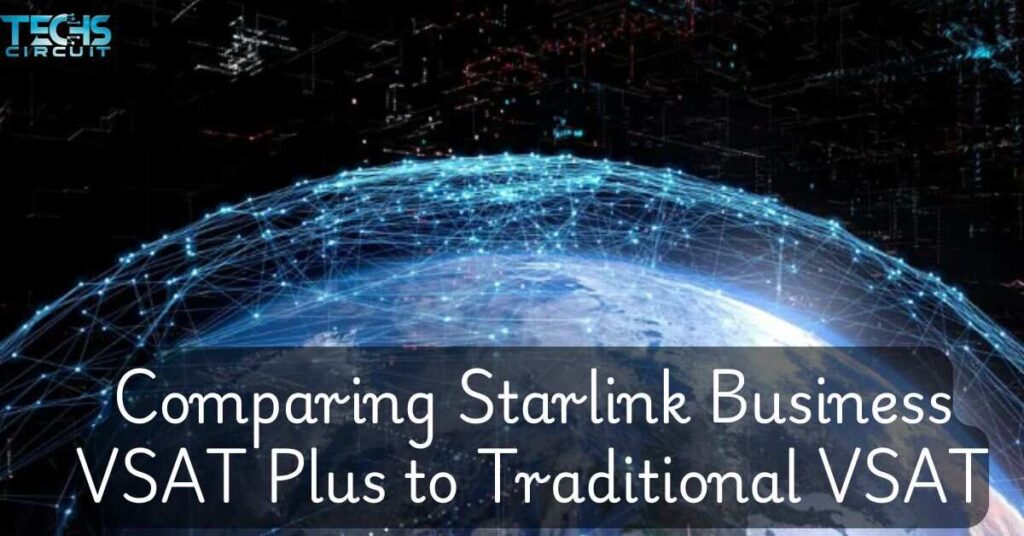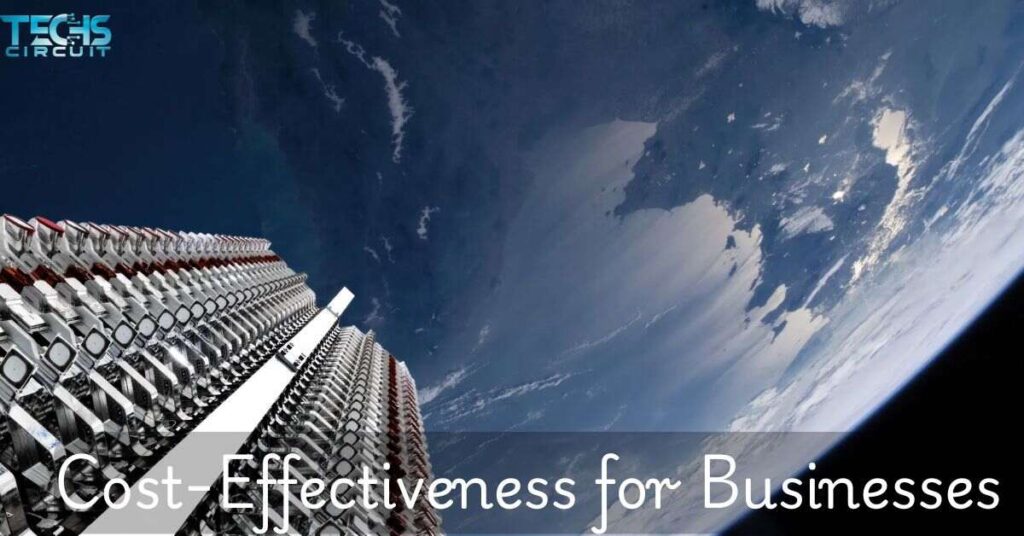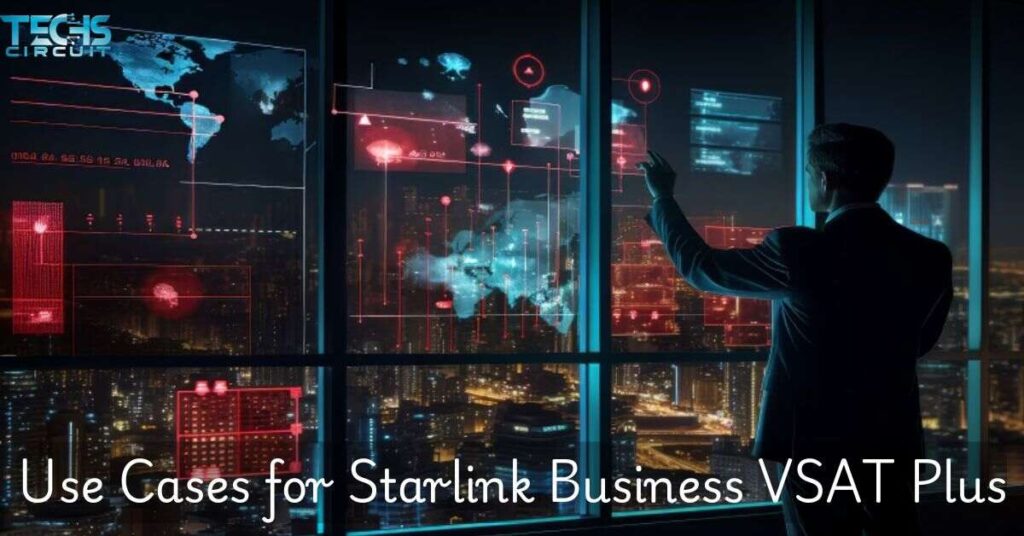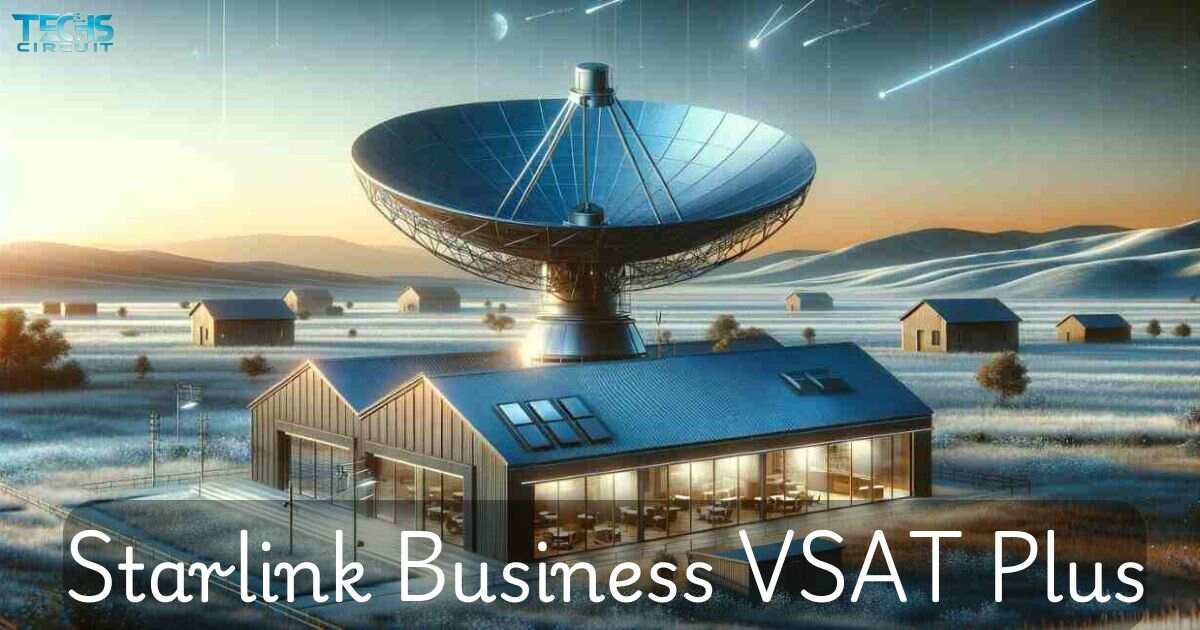Connectivity is crucial for businesses. Starlink Business VSAT Plus offers a solution. It’s changing how enterprises connect. This article explores its features and benefits. We’ll examine its impact on business communications. Let’s dive into this innovative satellite internet service.
The Technology Behind Starlink Business VSAT Plus
Low Earth Orbit Satellites
Starlink uses LEO satellites. They orbit close to Earth. This proximity reduces latency. It improves speed. The constellation is growing. More satellites mean better coverage.
Advanced Antenna Technology
The system uses phased array antennas. They track multiple satellites. This ensures consistent connectivity. The antennas are smart. They adjust automatically. This technology is cutting-edge.
Network Architecture
Starlink’s network is complex. It involves ground stations. These stations link satellites to the internet. The architecture is designed for efficiency. It allows for rapid data transmission. The network is constantly evolving.
Enhanced Speed and Reliability
Impressive Speed Capabilities
Starlink Business VSAT Plus is fast. Download speeds reach 350 Mbps. Upload speeds hit 40 Mbps. These speeds rival fiber internet. They enable data-intensive applications. Businesses can operate efficiently.
Low Latency Performance
Latency is a game-changer. Starlink offers 20-40 ms latency. This is revolutionary for satellite internet. It enables real-time applications. Video calls become crystal clear. VoIP services work seamlessly.
Weather Resistance
The service is reliable in various weather conditions. Multiple satellites ensure connectivity. Rain fade is less of an issue. This reliability is crucial for businesses. It minimizes downtime.
Comparing Starlink Business VSAT Plus to Traditional VSAT

Orbital Differences
Traditional VSAT uses geostationary satellites. They orbit at 35,786 km. Starlink’s satellites are at 550 km. This difference is significant. It impacts performance dramatically.
Speed and Latency Comparison
Here’s a quick comparison:
| Feature | Starlink Business VSAT Plus | Traditional VSAT |
| Latency | 20-40 ms | 600-800 ms |
| Download Speed | Up to 350 Mbps | Typically 1-15 Mbps |
| Upload Speed | Up to 40 Mbps | Typically 1-3 Mbps |
The difference is clear. Starlink outperforms traditional VSAT. This performance gap is significant for businesses.
Bandwidth and Capacity
Starlink offers higher bandwidth. It supports more users simultaneously. Data-heavy applications run smoothly. Traditional VSAT often struggles with capacity. Starlink’s approach is more scalable.
Global Coverage and Accessibility
Current Coverage Map
Starlink covers most populated areas. It works between 60° north and 60° south latitude. This coverage is expanding. More satellites are being launched. Global coverage is the goal.
Remote Location Benefits
Remote businesses benefit greatly. Areas without infrastructure can connect. This opens new opportunities. Remote work becomes feasible. Global operations are simplified.
Expansion Plans
SpaceX has ambitious plans. They’re launching more satellites. Coverage will improve. Speeds may increase. The service will reach more areas. This expansion is ongoing.
Bridging the Digital Divide for Businesses
Empowering Rural Enterprises
Rural businesses gain access. They can compete globally. High-speed internet levels the playing field. E-commerce becomes viable. Remote services are possible. Rural economies can grow.
Enabling Global Operations
Multinational companies benefit. They can standardize connectivity. Remote offices connect easily. Global projects run smoothly. Communication improves across borders.
Supporting Developing Regions
Developing areas can leapfrog. They bypass traditional infrastructure. Modern connectivity arrives quickly. This spurs economic growth. It attracts investment. Education and healthcare improve.
Easy Installation and Maintenance
Plug-and-Play Setup
Installation is simple. The kit includes necessary equipment. Most setups take hours, not days. This simplicity reduces costs. It speeds up deployment.
Self-Aligning Dish
The Starlink dish is smart. It aligns itself. This feature simplifies installation. It ensures optimal performance. Users don’t need technical skills. The dish adapts to its environment.
Minimal Maintenance Requirements
Maintenance is mostly hands-off. Updates happen automatically. The system self-diagnoses issues. This reduces IT overhead. It minimizes downtime. Businesses can focus on their core operations.
Scalability and Flexibility
Adaptable to Business Growth
Starlink grows with your business. Add terminals as needed. Bandwidth scales up. This flexibility is valuable. Businesses avoid over-investing initially. They can expand seamlessly.
Customizable Plans
Plans are flexible. Businesses choose what they need. Pay for the capacity you use. This customization is cost-effective. It suits various business sizes. Options cater to different needs.
Future-Proof Technology
The service continually improves. Existing customers benefit automatically. Speeds increase over time. New features are added. This future-proofing protects investments. Businesses stay ahead technologically.
Cost-Effectiveness for Businesses

Initial Investment Considerations
Hardware costs are upfront. The initial investment can be significant. However, long-term benefits often outweigh costs. Businesses should consider the total cost of ownership.
Operational Cost Savings
Starlink can reduce operational costs. It eliminates the need for multiple connections. Productivity increases with reliable internet. This can lead to significant savings. Remote work becomes more feasible.
ROI Analysis
Consider direct and indirect benefits:
- Direct costs:
- Hardware
- Installation
- Monthly fees
- Indirect benefits:
- Increased productivity
- New business opportunities
- Improved customer satisfaction
The ROI can be substantial. Businesses should conduct thorough analysis. Long-term gains often justify initial costs.
Security Features
End-to-End Encryption
All data is encrypted. This protects sensitive information. Hackers find it difficult to intercept. Business communications remain confidential. This encryption is standard.
DDoS Protection
The service includes DDoS protection. This safeguards against cyber attacks. Business operations remain uninterrupted. The protection is robust and constantly updated.
Regular Security Updates
Updates happen automatically. New threats are addressed quickly. The system stays protected. Businesses don’t need to manage updates. This automation enhances security.
Must Read This Article:Is Technology a Good Career Path? Exploring the Pros and Cons in 2024
Customer Support and Service Level Agreements
24/7 Support Availability
Support is always available. Businesses can get help anytime. This ensures minimal downtime. Issues are resolved quickly. The support team is knowledgeable.
Comprehensive SLAs
Service Level Agreements are clear. They guarantee performance levels. Uptime is assured. Businesses can rely on the service. The SLAs provide peace of mind.
Priority Business Support
Business customers get priority. Their issues are addressed first. This prioritization minimizes impact on operations. It reflects the service’s business focus. Support is tailored to enterprise needs.
Environmental Considerations
Satellite Design for Minimal Impact
Satellites are environmentally conscious. They use krypton propellant. This is cleaner than traditional options. The design minimizes space debris. Environmental impact is considered.
End-of-Life Protocols
Satellites deorbit after use. They burn up in the atmosphere. This prevents space junk accumulation. It’s a responsible approach to space technology. The strategy is forward-thinking.
Reduced Terrestrial Infrastructure Needs
Starlink reduces the need for ground infrastructure. This can preserve natural habitats. It minimizes construction impact. Remote areas benefit without environmental cost. It’s a balanced approach to connectivity.
Use Cases for Starlink Business VSAT Plus

Remote Offices and Worksites
Remote locations connect easily. Construction sites get online. Mining operations stay connected. This enables efficient remote management. Real-time data becomes available.
Maritime and Aviation Applications
Ships at sea stay connected. Airlines improve in-flight services. This enhances safety and operations. Passengers benefit from better connectivity. New services become possible.
Emergency and Disaster Response
Disaster areas regain connectivity quickly. Emergency services communicate effectively. This can save lives. Recovery efforts are coordinated better. Resilience is improved.
Temporary Event Connectivity
Events in remote areas get online. Festivals have high-speed internet. Sports events broadcast easily. This opens new venues for events. It enhances attendee experiences.
Future Developments and Roadmap
Increasing Satellite Density
More satellites are planned. This will improve coverage and speed. Capacity will increase. Service quality will enhance. Global coverage will expand.
Inter-Satellite Laser Links
Laser communication between satellites is coming. This will reduce latency further. It will improve global network efficiency. Data will travel faster. Coverage will be more consistent.
Integration with 5G Networks
Plans for 5G integration exist. This will create seamless connectivity. Mobile and satellite networks will work together. Coverage gaps will be filled. The internet experience will improve.
Challenges and Considerations
Initial Cost Barriers
The upfront cost can be high. This may deter some businesses. However, long-term benefits often justify it. Financing options might help. Businesses should plan carefully.
Potential for Signal Interference
Urban areas may face challenges. Tall buildings can obstruct signals. Dense areas might see performance variations. Proper installation is crucial. Site surveys may be necessary.
Regulatory Hurdles
Some countries have strict regulations. Licensing can be complex. Businesses must check local laws. Starlink works on compliance. The regulatory landscape is evolving.
Also Read This Article:iOS App eTrueSports: Revolutionizing Sports Experience
Integration with Existing Business Systems
VPN Compatibility
Starlink works with VPNs. This ensures secure remote access. Corporate networks remain protected. Remote workers connect seamlessly. Data security is maintained.
Cloud Service Support
The service supports cloud applications. This enables digital transformation. Businesses can adopt modern IT solutions. Cloud migration becomes easier. Productivity tools work efficiently.
IoT and Edge Computing Potential
Starlink enables IoT deployments. Edge computing becomes feasible in remote areas. This opens new possibilities. Data processing can happen locally. Real-time analytics improve.
FAQ’s
How does weather affect Starlink performance?
Weather impact is minimal. Rain or snow rarely disrupt service. Multiple satellites ensure consistent connectivity.
Can Starlink replace fiber internet?
In many cases, yes. It offers comparable speeds and reliability, especially where fiber isn’t available.
Is it suitable for real-time applications?
Absolutely. Low latency makes it ideal for video conferencing, VoIP, and live streaming.
How many devices can connect to one terminal?
A single terminal supports numerous devices. It’s suitable for most business needs.
Are there data caps on Starlink Business VSAT Plus?
Currently, there are no data caps. Usage is unlimited for business customers.
Conclusion
Starlink Business VSAT Plus is revolutionizing enterprise connectivity. It offers high-speed, low-latency internet globally. The service bridges the digital divide for businesses. It enables operations in previously underserved areas.
As the technology evolves, its impact will grow. Businesses gain a powerful tool for global connectivity. Starlink’s ongoing improvements promise an even brighter future. For many enterprises, it’s a game-changing solution to connectivity challenges.


















